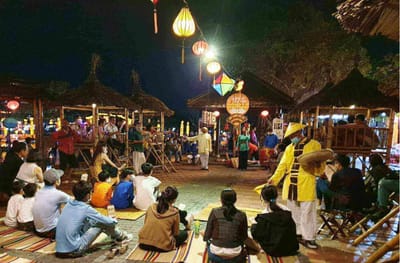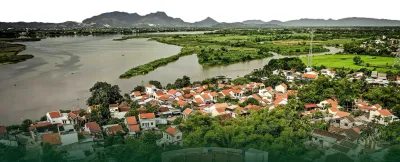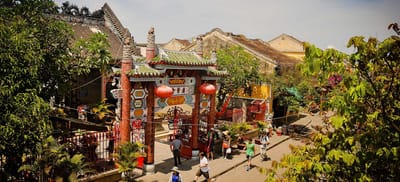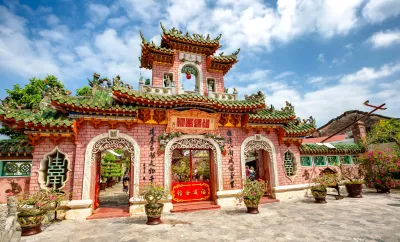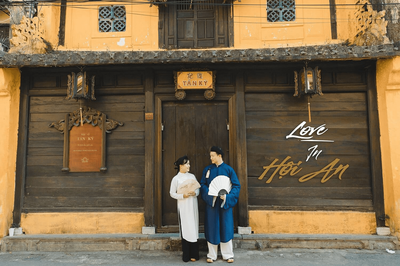Hoi An Photography Guide: Best Spots & Timing for Perfect Shots
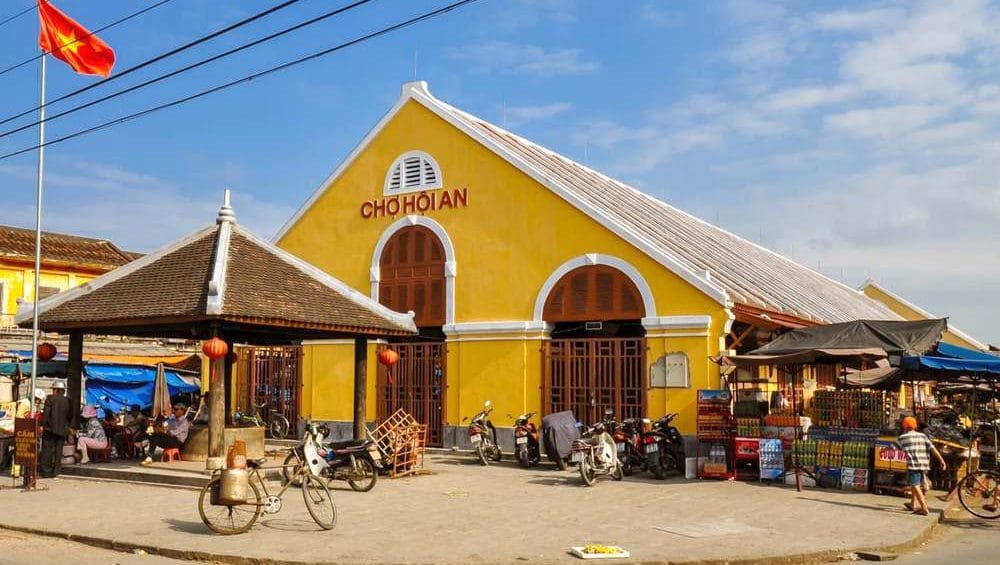
Executive Summary
Photo Hotspots: Hoi An’s vibrant streets, iconic landmarks, and riverside vistas beckon photographers to shoot at sunrise, golden hour, and after dark. Key locations include the Japanese Covered Bridge at dawn, the “Golden Triangle” on Tran Phu Street during blue hour, and lantern-lit alleys on Cong Nu Ngoc Hoa. Gear essentials, camera settings, and crowd-avoidance tips ensure you frame the perfect shot of this UNESCO heritage town.
1. Optimal Timing
| Time | Lighting Conditions | Recommended Spots |
|---|---|---|
| Sunrise (5:30–6:30 AM) | Soft pastel sky, low crowds | Japanese Covered Bridge (west side) |
| Blue Hour (6:00–6:30 PM) | Balanced light and lantern glow | “Golden Triangle” (Cargo Club area) |
| Golden Hour (4:30–5:30 PM) | Warm tones on yellow facades | Faifo Coffee rooftop, Bach Dang Riverfront |
| Night (7:00–9:00 PM) | Illuminated lanterns & reflections | Lantern-lit alleys: Cong Nu Ngoc Hoa |
textCAMERA SETTING TIP: For low light, set ISO 400–800 at sunrise, 1600–3200 at night; aperture f/4–5.6 for depth; bracket exposures during lantern photography to capture highlights and shadows accurately.
2. Top Photography Locations
Japanese Covered Bridge
- When: Sunrise for reflections; evening for LED lighting
- Angles: West façade backlit; north side with river reflections
“Golden Triangle” Intersection
- Location: Cargo Club, Morning Glory Café, Tam Tam Café intersection
- Why: Highest density of hanging lanterns; multi-level compositions from café balconies
Cong Nu Ngoc Hoa Alley
- Character: Narrow lane with painted yellow walls and potted plants
- Tip: Shoot midday for strong shadows and texture; evening for lantern glow
Tan Ky Ancient House Front
- Details: Traditional wooden doorway, tiled steps
- Best Time: Morning light highlights wood grain
Central Market Exterior
- Scene: Vendor activity at dawn; colorful produce under early light
- Technique: Fast shutter (1/125–1/250 sec) to freeze motion
3. Gear & Settings
- Camera: Mirrorless or DSLR with low-light performance
- Lenses:
- Wide-angle (16–35mm) for streets
- Standard zoom (24–70mm) for versatility
- Portrait lens (50mm f/1.8) for shallow depth
- Tripod: Lightweight travel tripod for blue hour and night
- Filters: ND filter for daytime long exposures on river
4. Composition Techniques
- Leading Lines: Streets, bridges, and alleyways guide viewer’s eye
- Reflections: Use the Thu Bon River and puddles for mirror images
- Symmetry: Centered shots of Japanese Bridge and assembly hall façades
- Human Element: Include locals in traditional áo dài or lantern vendors for scale and authenticity
[Link to: Japanese Covered Bridge for precise sunrise spot]
[Link to: Hoi An at Night for evening lantern photography]
5. Crowd Management
- Early Arrival: 6:00 AM for sunrise; 5:30 PM for golden hour
- Off-Peak Alleys: Explore east of Japanese Bridge after 9:00 PM
- Boat Perspective: Rent sampan at Bach Dang for water-level shots without crowds
Conclusion
With strategic timing, spot selection, and gear preparation, photographers can transform Hoi An’s UNESCO heritage streets into stunning images. Follow this guide to capture both iconic landmarks and hidden gems, creating a diverse portfolio that showcases the ancient town’s architectural elegance and lantern-lit magic.
[Link to: Top 15 Must-See Attractions for location context]
[Link to: Hoi An Old Town Walking Tour for route planning]
No spam, no sharing to third party. Only you and me.


